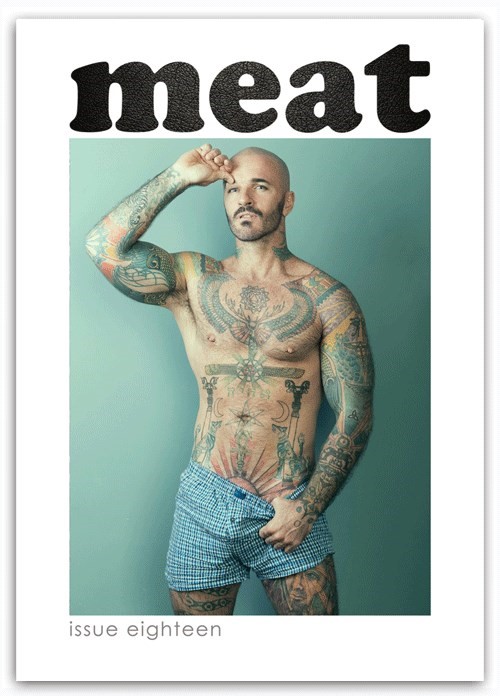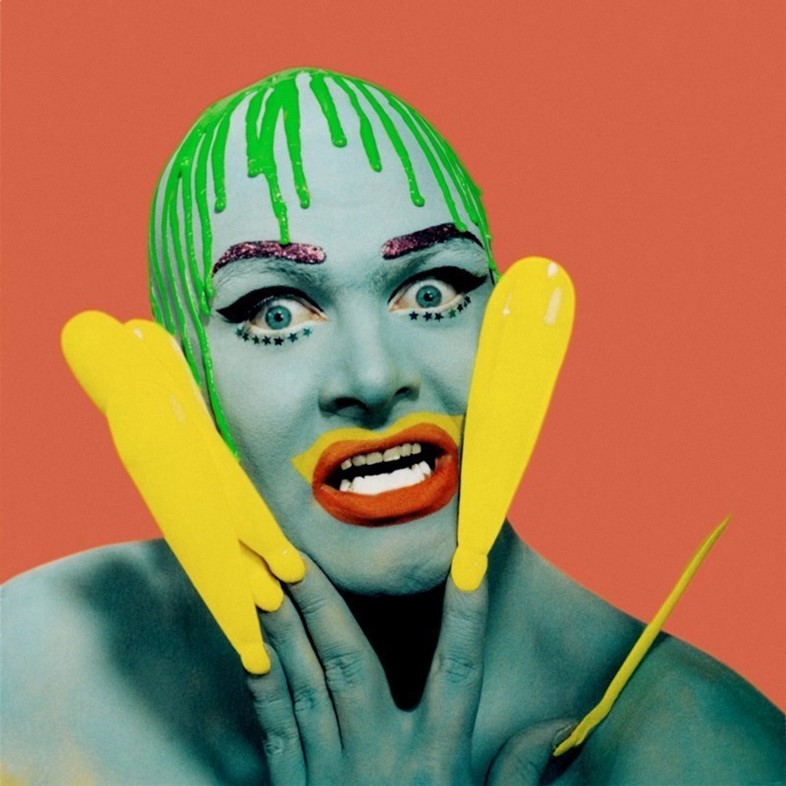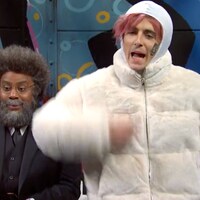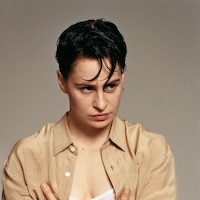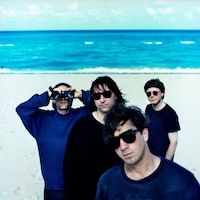From Leigh Bowery to the Royal Vauxhall Tavern, these are the faces and places that have kept UK clubland on the rainbow-coloured map
The UK has always been known for its inimitable LGBTQ nightlife. We make sure we’re sillier than our New York counterparts, more anarchic than any night in Berlin and dirtier than the clubbers in LA (or so we like to think). However, over the last five years it’s hard to deny that the scene has undergone a rapid transformation. London especially has seen the closure of many of our most beloved queer spaces, from the Joiners Arms to the Black Cap, to Candy Bar, to Area and perhaps soon the Royal Vauxhall Tavern. We've also just found out that Hackney's cult pub The George and Dragon will be joining this long, depressing list.
Whether this is down to gentrification under the Tory government, assimilation with a straighter crowd as equal rights progress, or the prevalence of dating apps like Grindr and Tinder, gay nightlife is changing. Although this doesn’t mean it’s dead. With a new wave of gay club nights like Dalston’s Loverboy, Savage Disco at Metropolis and new drag haunt The Glory breathing life into the scene, we may well be entering a brand new era. To celebrate our rich history of gay club culture, we’ve sifted through the hidden treasures, faces and places that have kept us on the rainbow-coloured map. Here it is in 26 letters…
A IS FOR ALEX GERRY
Before there was Instagram there was Alex Gerry, the renowned photojournalist who spent the best part of the eighties, nineties and noughties with a drink in one hand and a camera in the other. Immersed in club culture, Gerry shot everyone from art-meets-drag extraordinaire Leigh Bowery to New Romantic icon Princess Julia to Culture Club’s Boy George, which brings us on to…
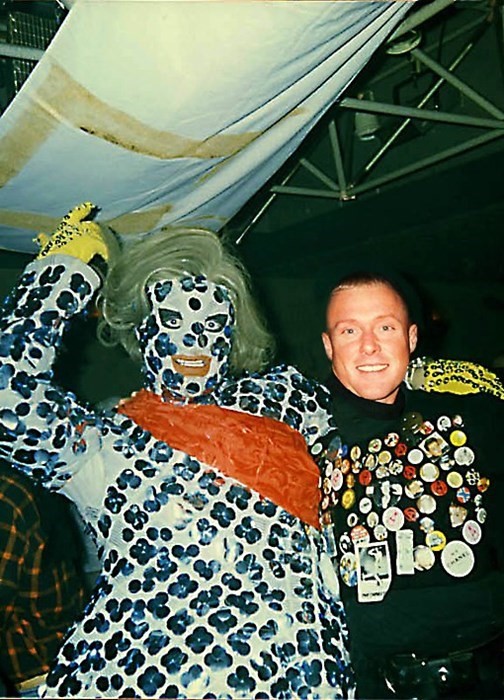
B IS FOR BOY GEORGE
Everyone knows that Boy George is a national treasure, like the Queen or Barbara Windsor. The Culture Club singer and DJ is also an LGBTQ icon and nightclub fixture, having flitted between influential eighties haunts the Blitz, Taboo and Kinky Gerlinky like some kind of multi-coloured wizard of the night. When he was presented with a "gay icon" award courtesy of Attitude magazine last year he dedicated the award to his six-year sobriety and said: "If I could choose to be gay all over again, I would”. That doesn’t make a lot of sense but we love it anyway.
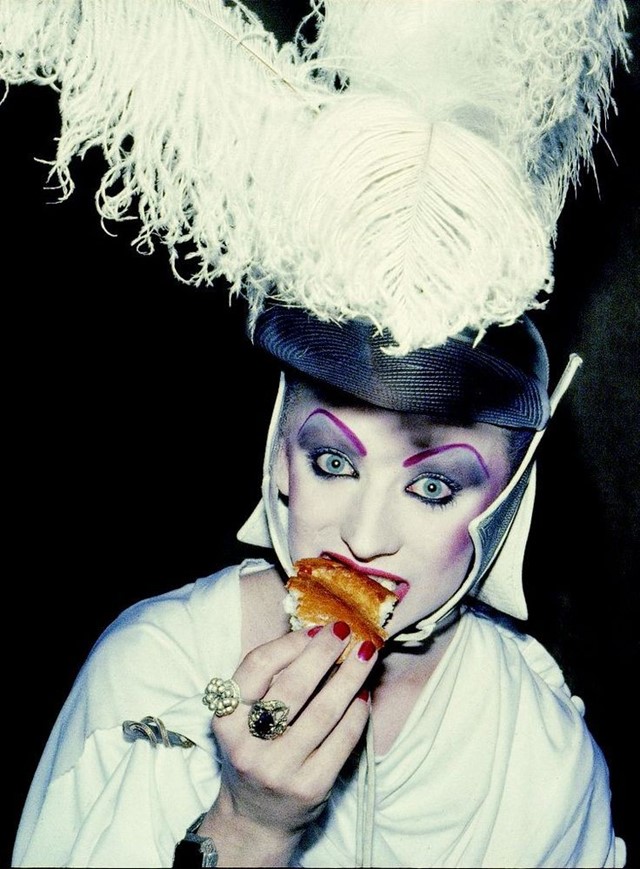
C IS FOR CHEMSEX
Last month, we published an in-depth piece on the rise of “chemsex” in London, which is when men get together to take drugs and have sex. Whilst drug-fuelled orgies are nothing new, the relentless decline of gay clubs and spaces has meant these parties are beginning to permeate the mainstream as a nightlife alternative to going out. "The chillout is undoubtedly for some a space of sexy, creative community,” writer Sean Faye pointed out in the piece. “If so, maybe we should focus less on chemsex as a discrete issue and look more holistically at creating parallel spaces where this can also be on offer without paying the price of a comedown.”
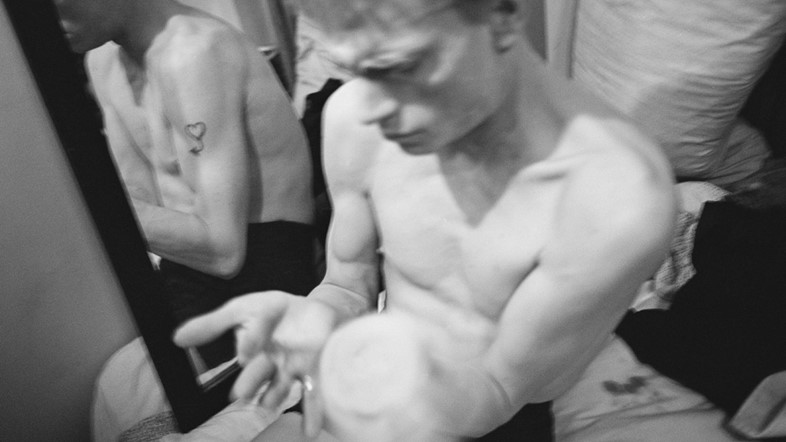
D IS FOR DRESSED AS A GIRL
Late-eighties New York had Paris is Burning and mid-noughties East London has Dressed as a Girl. Whilst the lo-fi film might not yet be as iconic as it’s influential ballroom-based predecessor, it’s a vibrant, hilarious and sometimes moving time capsule of the East End’s sparkling golden era, before the Joiners Arms got stolen and Dalston died. Also, it’s produced by cult duo World of Wonder (RuPaul’s Drag Race, Party Monster) so expect a heady dose of the fun and trashy. The film has yet to announce a release date.
E IS FOR THE EIGHTIES
At a time when the community faced the tragedy of HIV/AIDS and homophobic legislation implemented by Margaret Thatcher, gay crowds fought adversity by being louder and prouder than ever. Last year, the V&A immortalised this extravagant, and pivotal decade in British club history in their exhibition Club to Catwalk: London Fashion in the Eighties. And although these styles and sounds weren’t limited to LGBTQ people, a laidback polysexual attitude abounded courtesy of prominent figures such as Boy George, Leigh Bowery and John Galliano. It's an attitude that quickly infultrated the mainstream, and lives on in the style and sound of some of our favourite artists to date.
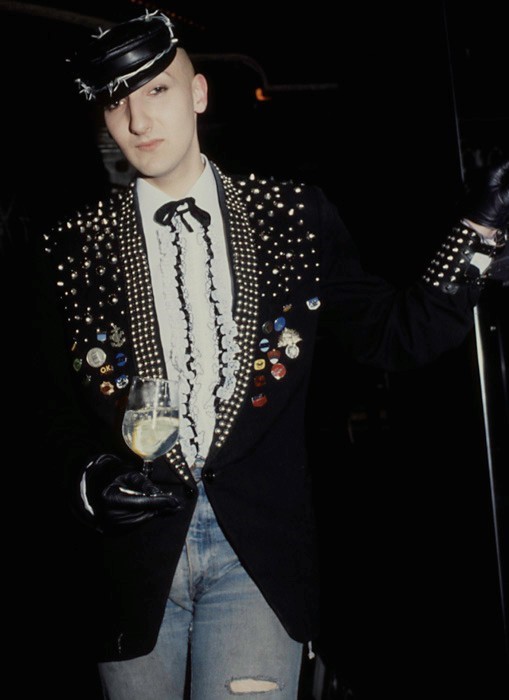
F IS FOR FIGHTING BACK
The slow decimation of our favourite LGBTQ clubs, pubs and venues in favour of luxury flats and gastro pubs has meant that going out has gotten a little more boring. However, the gay community rarely stands down without a good fight, and that’s exactly what’s happened, from the petition that saved the Joiners Arms from demolition, to the protests that followed the closure of the Black Cap to marches against the conversion of the Royal Vauxhall Tavern. And although we may not have always been successful in the face of killjoys with fistfuls of cash, we’ve made sure to voice our discontent as loudly as possible.

G IS FOR GRINDR
Aah Grindr: Tinder’s gayer, sexier older brother. Whilst dating apps (or hook-up apps – whatever you’re into) were once a thing to be mocked at, they’re now a pervasive and often welcomed presence in our day-to-day lives. Their influence on the politics and mechanics of gay nightlife (and straight nightlife) is interesting and complex: Do we need to meet people in clubs now that we can meet them on our iPhones? Have these apps made us all dead-eyed, shallow swipers or are we all having more sex than ever? Have you checked your Grindr at least once since reading this article?
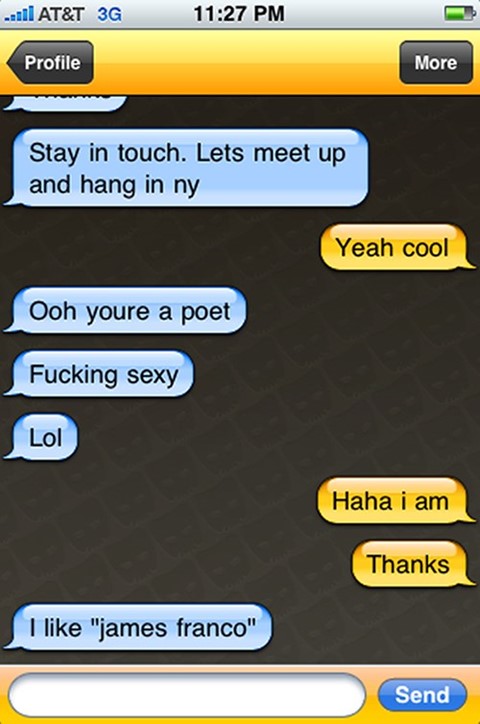
H IS FOR HEAVEN
These days, you’d be forgiven for dismissing London’s most mainstream super club as a place you might only go to if you wanted to watch Little Mix and get dizzy on fluorescent drinks. However, it’s significance for UK gay club culture is hard to deny, and when it first opened it's doors in 1979 it was considered revolutionary. Prior to Heaven, most gay clubs were hidden cellar-bars or pub discos. Heaven catapulted gay clubbing into the mainstream, making it one of the first loud and proud gay venues in the country, and creating a scene to rival New York’s at the time.
I IS FOR IN YOUR FACE
Not all LGBTQ people are flamboyant, and to claim so would be completely absurd – akin to claiming that all straight people are into WKD and Homebase. Just because you may be gay, doesn’t mean you choose to prescribe to the same facets of gay culture. However it’s hard to deny that gay clubs are often more vivacious than their straight counterparts. From the glitter-soaked outfits of London club kids to the bright new faces of drag, the camper side of clubbing has always had reason to be celebrated.
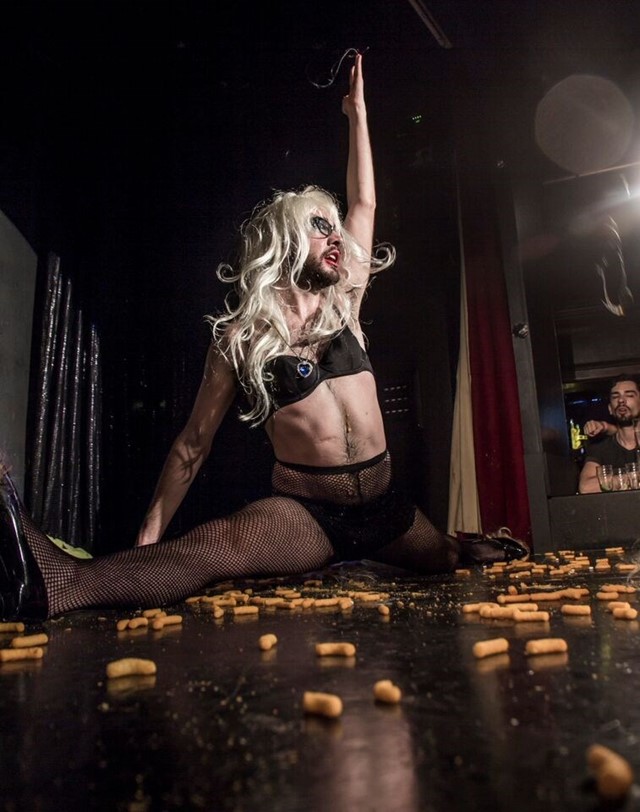
J IS FOR JONNY WOO
If London’s millennial queer scene had a ringleader it would be Jonny Woo. The cult drag queen, cabaret revivalist and comedic supernova has spent the last twenty years dancing around Shoreditch with his parade of pansexual performers, elevating Gay Bingo to cult status and bringing a Bucks Fizz-inspired lip synching musical into our lives. He can also be thanked for opening gay nightclub The Glory last year, at a time when the others were being flattened by bulldozers. “The Glory is rebooting and re-routing London’s queer scene,” he has said. “It will nurture and create a juggernaut of gender-upending, forward-thinking, debonair-raising counterculture to remember.” Sounds like fun. If you want to catch him in action, he's the star of Dressed as a Girl (above).
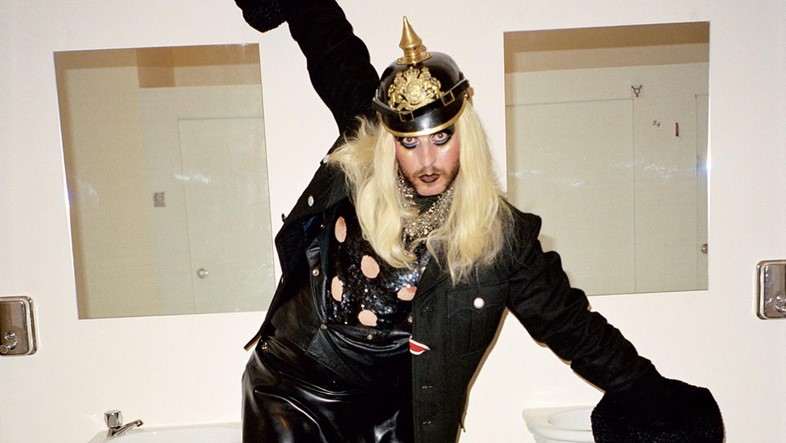
K IS FOR KINKY GERLINKY
Last month, we had a peak at some incredible Super 8 footage of legendary 1980’s drag and fashion night Kinky Gerlinky courtesy of renowned photographer Dick Jewell, who has documented all our favourite queer nightlife icons from punk outsider Jayne County to Boy George. “There was a liberation in those days,” Jewell told Dazed. “Actual hard-ons being whacked into your lens. People freely having sex everywhere. It was during the awful Thatcher recession and Gerlinde (the owner) wanted somewhere to open where people could go out and look glamorous.”
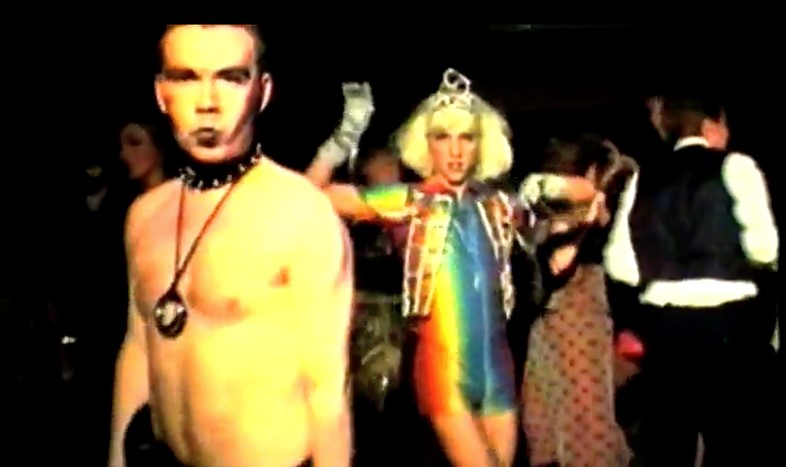
L IS FOR LEIGH BOWERY
Leigh Bowery’s influence extends much further than his status as an LGBTQ icon and fixture in 1980’s clubland. Known for his avant-garde, colour-soaked and off-the-wall outfits, the performance artist’s legacy can be seen in the art of everyone from Lady Gaga to Vivienne Westwood, John Galliano to Alexander McQueen. He was also the founder of Taboo, the pinnacle of London’s nightlife in the mid-eighties. Sadly, Taboo only lasted for the best part of a year. “Someone sold a big story to the papers about it being a den of vice and drugs,” Bowery’s best friend Sue Tilley told Dazed. “I never saw drugs or people on heroin or whatever, but perhaps I wasn’t looking in the right place.”
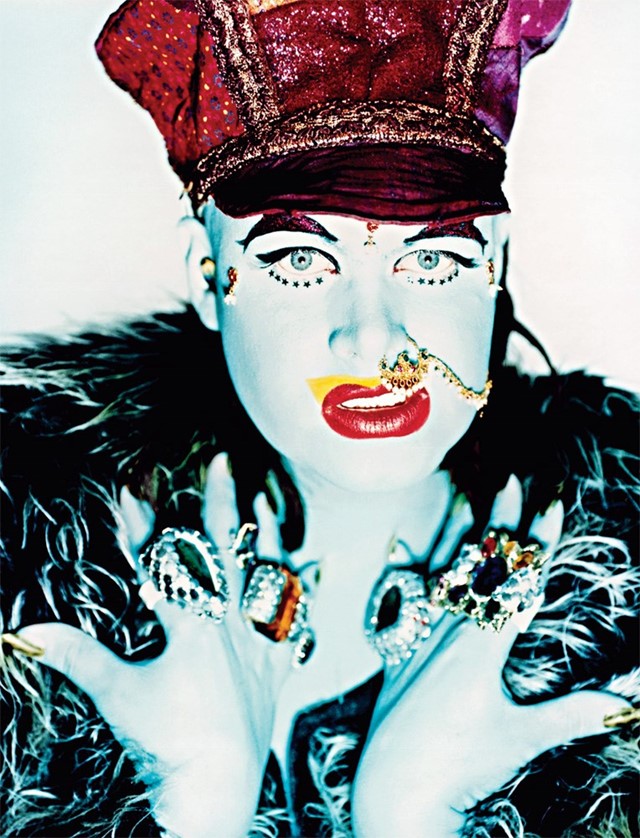
M IS FOR MANCHESTER
Forget New York, forget London, Manchester is the new epicentre of the drag scene, and as we know, drag culture has historically gone hand-in-hand with gay culture. “A once-niche tradition in the city has gained not only acceptance from its residents, but is being celebrated more fiercely than ever before,” writer Anna Freeman explained in a piece we published last month, adding: “A growing awareness of drag culture has pushed this community out of the back rooms of cabaret bars and onto a public platform, and these queens are here to stay.” I’ll see you there next weekend!

N IS FOR NYC DOWNLOW
The best queer club in the UK right now is arguably not some 24-hour underground basement in Soho, but a 5-day ‘homo disco’ in the middle of a field in Somerset, aka Glastonbury Festival’s NYC Downlow. Last month, we partied there with all our favourite drag queens, watched a guerrilla performance by Florence Welch and got completely caked in mud in the process. Now all we need is a fun, gay venue like this outside of the festival, and that happens all year round.

O IS FOR OUT
In both the literal and figurative sense of the word. Going out to a gay club for the first time can be full of revelations, mainly because you won’t accidentally hit on a straight person and you’re more likely to pull, but also because being surrounded by likeminded individuals can be liberating, in any situation. Plus, LGBTQ people have been scientifically proven to have better music taste than our straight counterparts (I made that up, but it could be true).
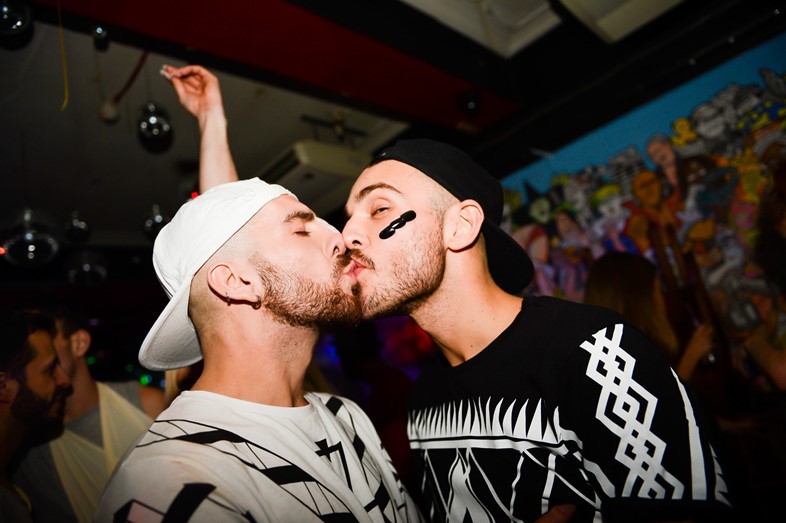
P IS FOR PRINCESS DIANA
And yes we mean the Diana, Princess of Wales, and not some new drag queen on the scene that goes by the same name. Perhaps the best gay club anecdote (or just anecdote) of all time was revealed in Cleo Rocos’ autobiography in 2013 when she claimed that Freddie Mercury dressed Princess Diana up as a boy and smuggled her into South London’s Royal Vauxhall Tavern in the late eighties. “When we walked in we felt she was obviously Princess Diana and would be discovered at any minute,” Rocos told the Telegraph. “But people just seemed to blank her. She sort of disappeared. She loved it…She did look like a beautiful young man."
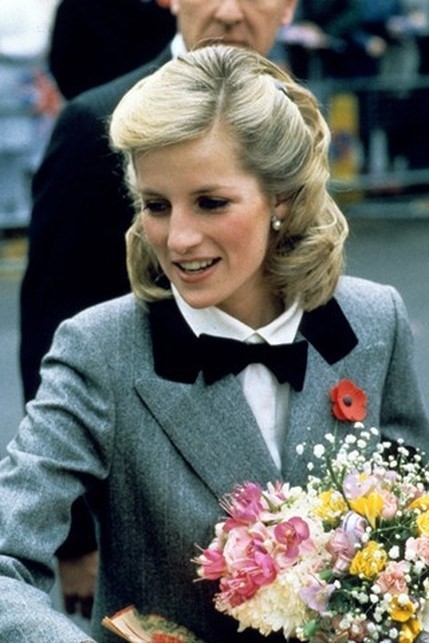
Q IS FOR QUEER DIY PUNKS
Obviously gay nightlife isn’t always about drag queen performances, huffing poppers and dancing to Grace Jones classics (as much as we love that). The Queer DIY punk scene in the UK is just as live, from East London’s scuzziest basement party Bent Fest to Bristol’s LaDIYfest to Nottingham's Queer Fest and every band that wants to do it their way, put a middle finger up to hetero-norms and make a lot of noise. Have a listen to my personal favourites below.
R IS FOR RUPAUL
Yes, we know that reigning drag queen superstar RuPaul is a child of the New York clubs, but his influence on this part of the world is just as undeniable. From RuPaul’s Drag Race star Sharon Needles judging Porn Idol at G-A-Y, to RuPaul’s sidekick Michele Visage voicing her discontent at the closure of the Black Cap, to anytime they pump "Supermodel (You Better Work)" out of the speakers at your favourite gay club, RuPaul is everywhere and we love it.

S IS FOR "SMALLTOWN BOY" BY BRONSKI BEAT
This 1984 disco-style classic spoke to a generation of young LGBTQ people who felt lonely and rejected in their small, suburban towns and longed for what they would later enjoy. “For the answers you seek will never be found at home, the love that you need will never be found at home”, sings Jimmy Somerville in his distinctive, glimmering falsetto in a track best listened to at 4am on a sweaty, amyl nitrate-scented dancefloor.
T IS FOR THE CAVE OF THE GOLDEN CALF
If you needed further proof of the UK’s rich gay history, here’s a fun fact: the first ever gay club as we know it was opened in London in 1912 under the name of The Cave of the Golden Calf. As you can imagine, it catered only to a wealthy, bohemian elite of writers, performers and Oscar Wilde-wannabes. It closed down two years later, although if you look at the cover of David Bowie’s 1972 album The Rise and Fall of Ziggy Stardust and the Spiders From Mars he’s actually standing in the exact spot where it used to be. Coincidence? Definitely not!

U IS FOR UNDERGROUND BASHMENT SCENE
With lyrics that propagate heterosexual norms and often dip into the blatantly homophobic, as well as separate dances for girls and boys, the culture of bashment has come under fire for being exclusionary. Despite this, an underground LGBTQ bashment scene has managed to thrive in London and offer a safe space for gay people to dance all night to their favourite tunes. Earlier this year, we reported on how this much-needed scene is coming under fire as gentrification damages the city’s cultural diversity. “The increasing lack of LGBTQ-specific parties representing Caribbean music is making it difficult for a new wave to frequent the underground scene,” writer Alexander Rowland explained. “Throughout the clubbing scene in London, diversity and its people are victims of social cleansing.”
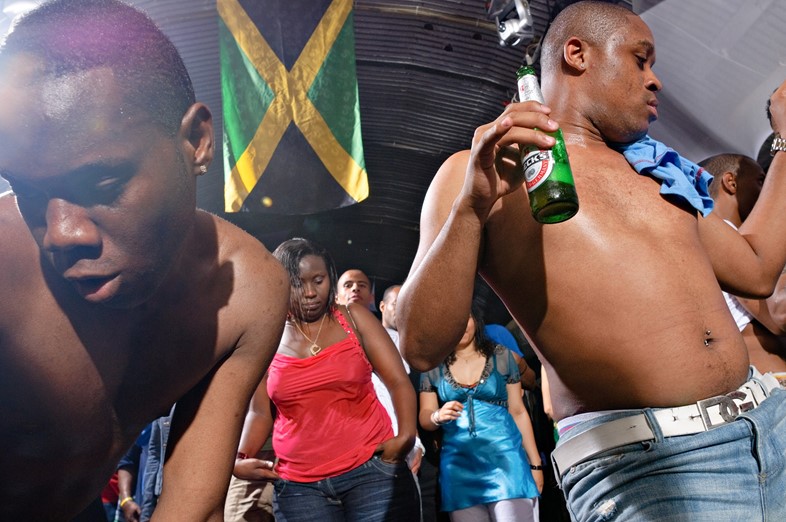
V IS FOR VAUXHALL
South London’s finest, or “Voho” as some people like to call it. Vauxhall was once the borough you escaped to if you wanted to side-step the camp commercialism of G-A-Y and Heaven, although these days it’s just garish as its more central counterparts. It’s also, of course, home to the inimitable Royal Vauxhall Tavern, the UK’s oldest LGBTQ venue, which is currently being threatened with closure. Read all the reasons we think it needs saving here.

X IS FOR GEN "X", "Y" AND "Z"
Although nightlife that caters to LGBTQ people has been around for quite some time (see letter ‘T’) it was Generation X that truly kick-started the introduction of gay nightclubs as we know them, and Generation Y that kept them ever-evolving and on fire (aka your parents’ generation, and the “millennials” that followed). However, it’s down to Generation Z to keep them alive, which brings us on to…
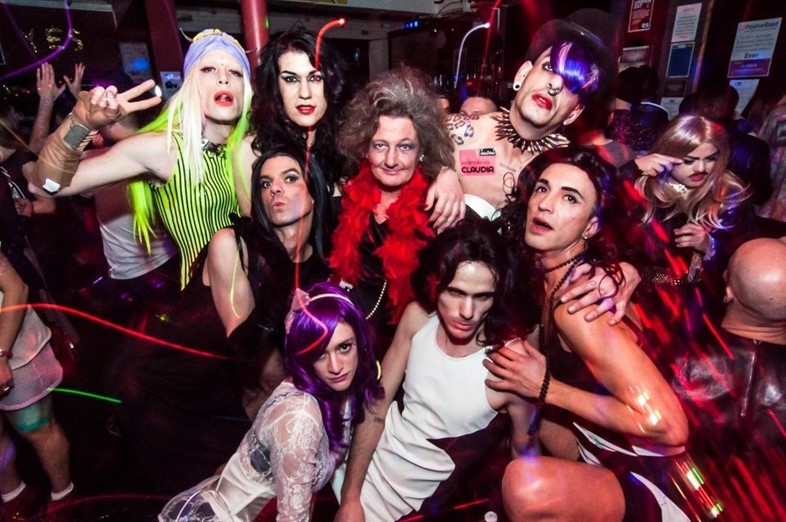
Y IS FOR YOUTH CULTURE
Whilst this list has essentially been a look back at the most vibrant faces and places in LGBTQ nightlife, youth culture has always inspired and generated the new waves in clubland. From today's most renowned polysexual party Sink the Pink to Dalston Superstore's Clam Jam, gay club culture isn’t always about nostalgia. And although you’ve probably read a bucketful of think-pieces mourning the loss of LGBTQ nightlife in the UK, I’d bet anything that there’s a young rising star waiting around the corner about to prove you wrong.
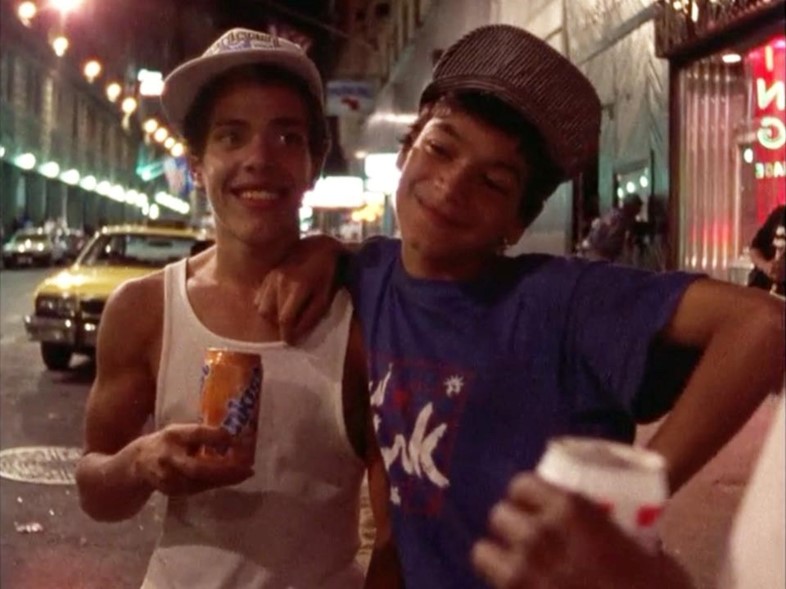
Z IS FOR ZINE
Queer zine culture and queer club culture have often gone hand-in-hand, as you’re more likely to pick up a zine that’s being handed out at the doors of a club than in your local Tesco Metro. Plus, launch parties are stupidly fun. With gay mags like Meat Zine throwing their legendary quarterly, glitter-studded launch parties at the Royal Vauxhall Tavern, and counterculture female/queer zine Polyester keeping the Shacklewell Arms alight, we’re finding it hard to know whether we want to dance or read or both.
